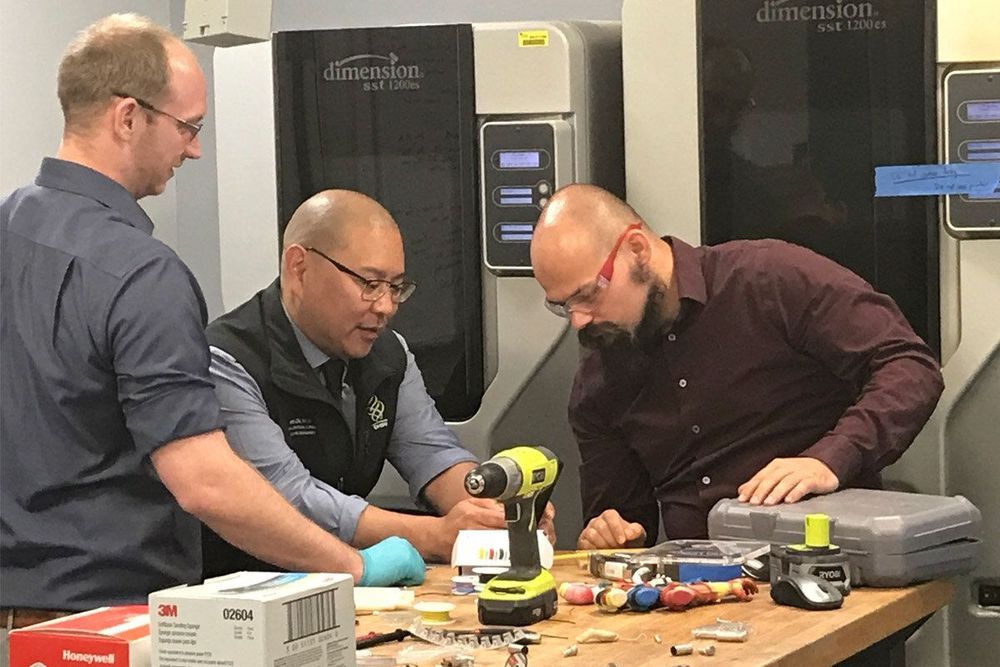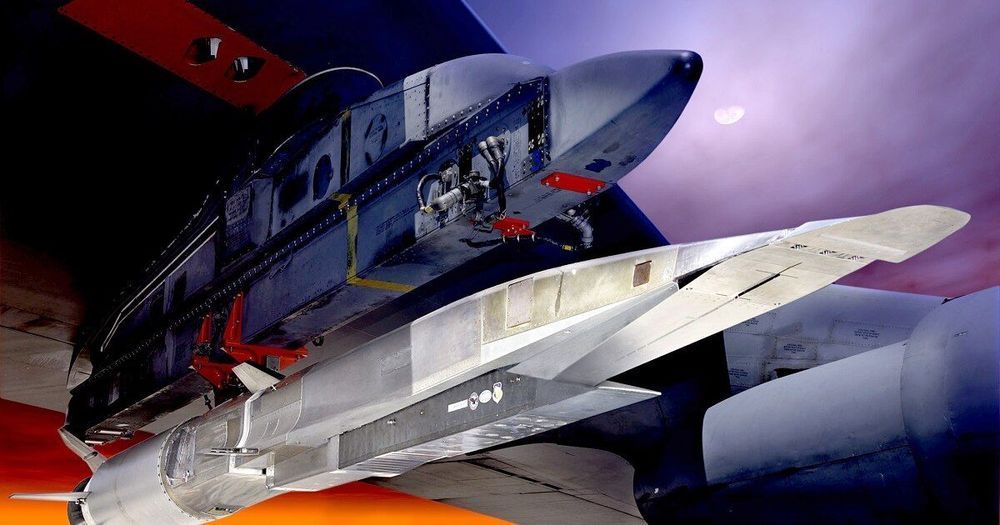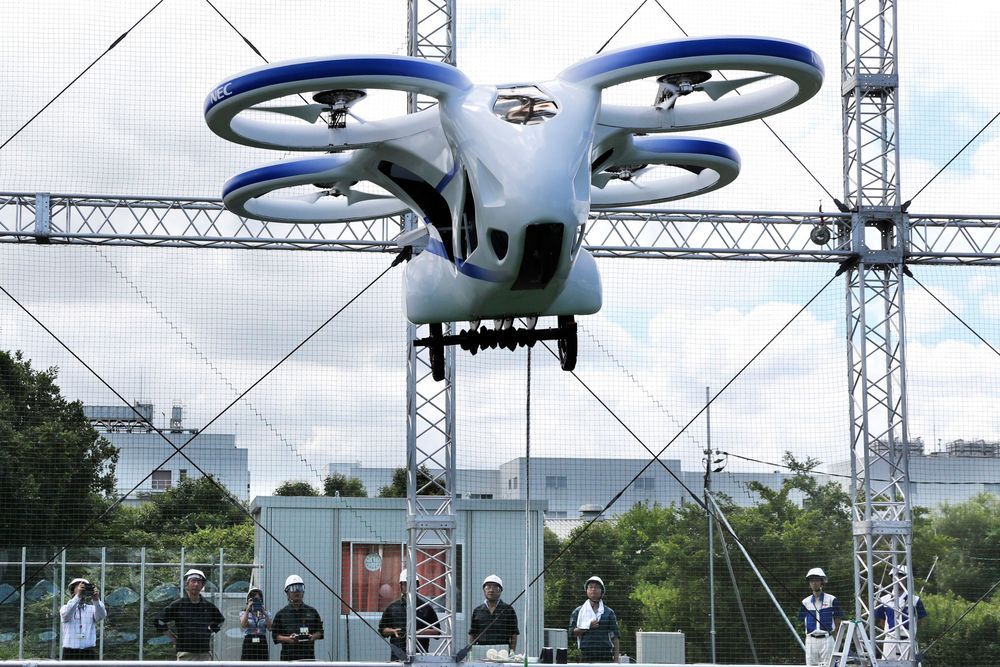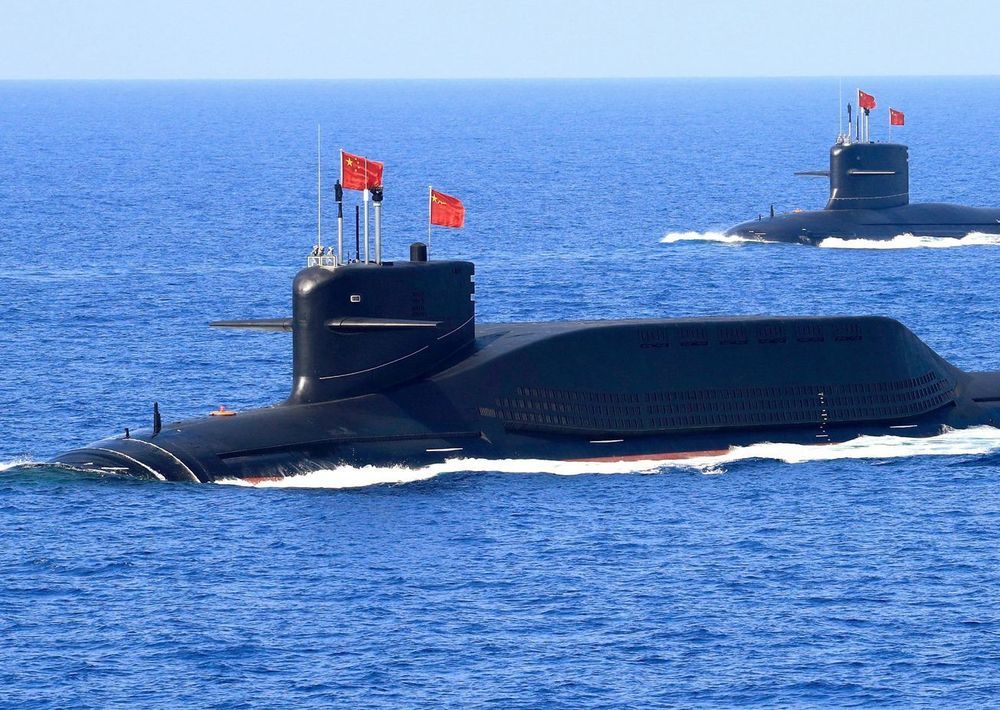A research collaboration and ensuing friendship between a trauma surgeon in Oregon and a handful of engineers in Florida has resulted in a new ventilator design that requires no electricity and could be a game-changer during the COVID-19 pandemic.
Albert Chi, who specializes in critical care and prosthetics, was keeping a close eye on COVID-19 during the early days. He immediately began working with his team at Oregon Health and Science University to develop a new, easy way to replicate ventilators that could be deployed anywhere. Specializing in trauma, Chi as a retired commander of the U.S. Navy Reserve and well versed in extreme conditions.
When Chi had a design, he called his friend and clinical-trial collaborator Albert Manero CEO and co-founder of Limbitless Solutions in Orlando, Florida.









